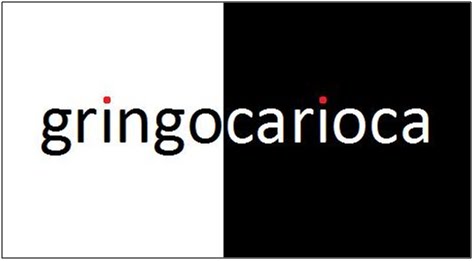“The novel associations of images that the poet, the artist, the scholar bring forth are comparable in that they take some grid of a particular texture, whether this texture be concretely that of a decrepit wall, of a cloud, or of anything else: some prolonged and vague sound carries this melody that we needed to hear, excluding any other. What is most striking is that an activity of this kind which, in order to be, requires the unconditional acceptance of a more or less lasting passivity, far from limiting itself to the world of the senses, has been able to attain, in depth, the moral world. The luck, the fortune of the scholar or the artist when they find can only be thought of as a particular case of human luck; it cannot be distinguished from that in its essence. A person will know how to proceed when, like the painter, he consents to reproduce, without any change, what an appropriate grid tells him in advance of his own acts. This grid exists. Every life contains these homogenous patterns of facts, whose surface is cracked or cloudy. Each person has only to stare at them fixedly in order to read his own future. Let him enter the whirlwind; let him retrace the events which have seemed to him fleeting and obscure among all others, which have torn him apart. There-if his questioning was worth it-all the logical principles, having been routed, will bring him the strength of that objective chance which makes a mockery of what would have seemed most probable. Everything humans might want to know is written upon this grid in phosphorescent letters, in letters of desire.”
“Real objects do not exist just as they are: looking at the lines that make up the most common among them, you see surging forth – without even having to blink – a remarkable riddle-image which is identical with it and which speaks to us, without any possible mistake, of the only real object, the actual one of our desire. Needless to say, what is true of the complementary graphic image in question is no less true of a certain verbal image upon which any poetry worthy of the name has never ceased to call.”
(André Breton, Mad Love. Trans. Mary Ann Caws. p. 86-88)
.bmp)
No comments:
Post a Comment